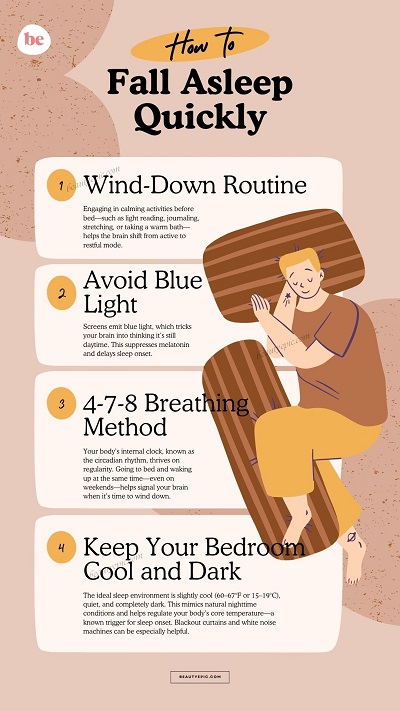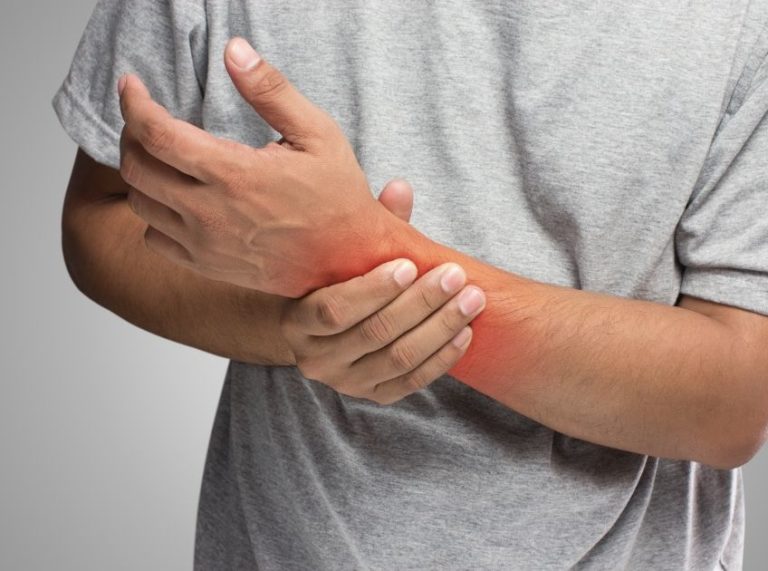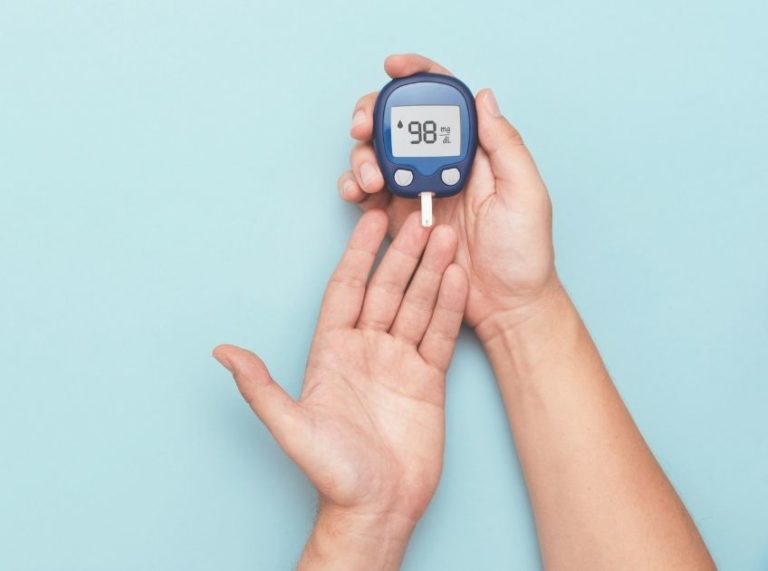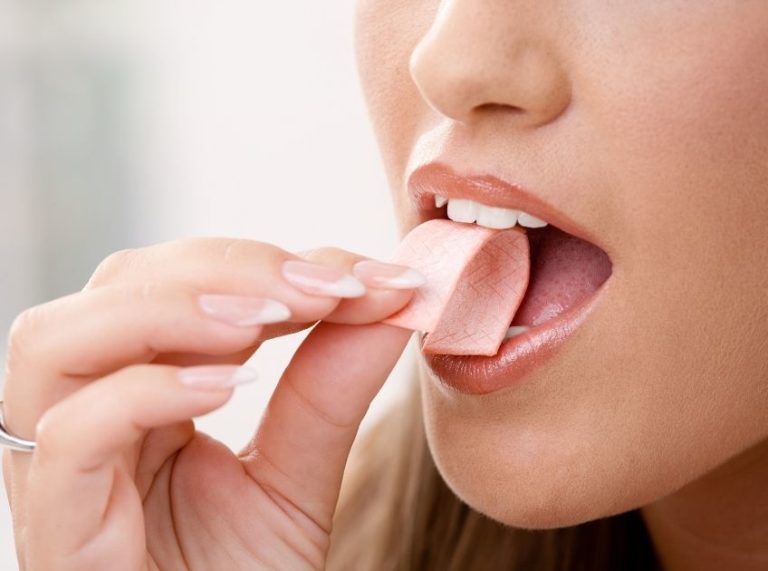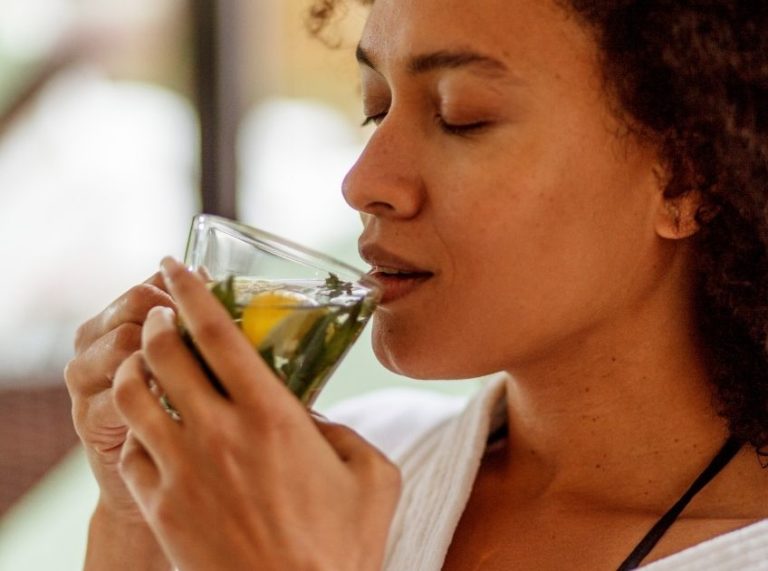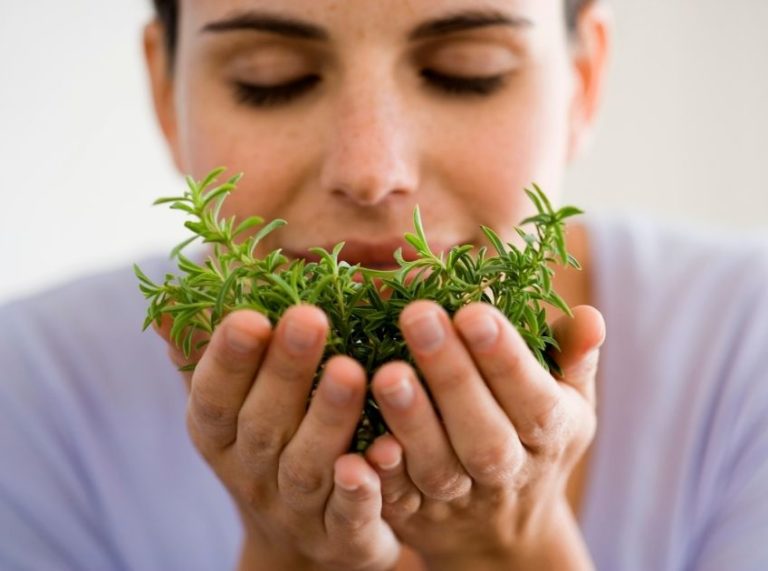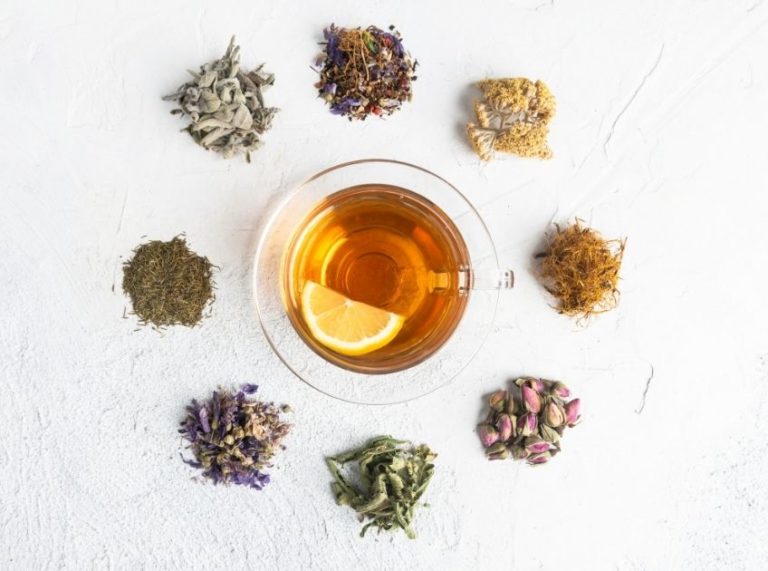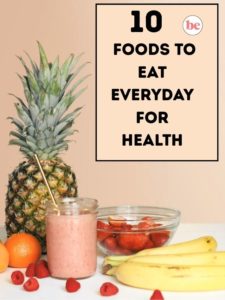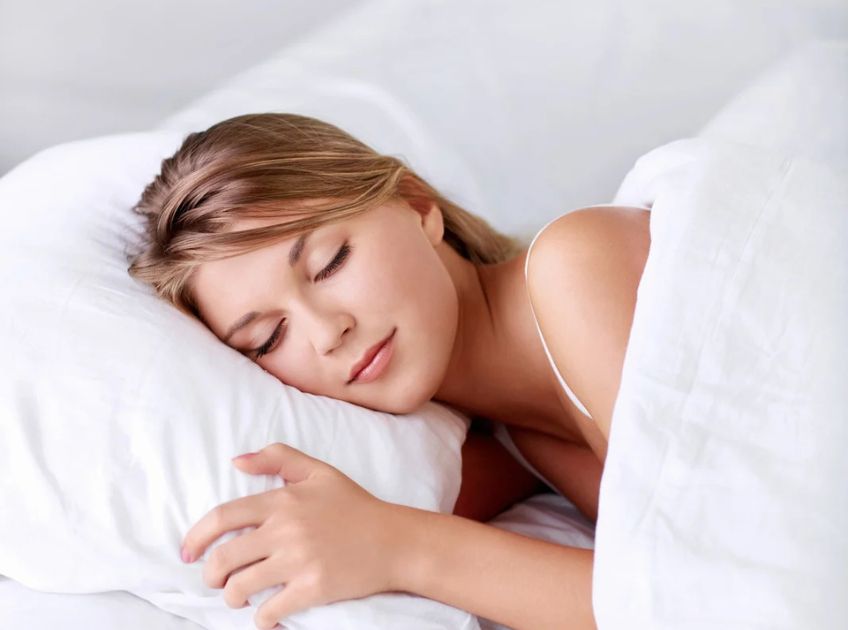
Important: This article is for informational purposes only. Please read our full disclaimer for more details.
Struggling to fall asleep quickly is more common than you think. Whether it’s racing thoughts, a disrupted schedule, or too much screen time, many people lie awake for hours trying to rest. Fortunately, there are simple yet effective changes you can make to help your body relax and drift off faster—without relying on sleeping pills. Below are 15 expert-approved and science-supported tips to help you fall asleep quickly and improve your overall sleep quality.
Article Contains
- Stick to a Consistent Sleep Schedule
- Create a Wind-Down Routine
- Avoid Blue Light at Night
- Keep Your Bedroom Cool and Dark
- Use the 4-7-8 Breathing Method
- Try Progressive Muscle Relaxation
- Limit Caffeine After 2 PM
- Don’t Go to Bed Too Full or Too Hungry
- Limit Alcohol Before Bed
- Invest in a Good Mattress and Pillow
15 Easy Ways to Fall Asleep Faster
1. Stick to a Consistent Sleep Schedule
Your body’s internal clock, known as the circadian rhythm, thrives on regularity. Going to bed and waking up at the same time—even on weekends—helps signal your brain when it’s time to wind down. A 2017 study in the Journal of Clinical Sleep Medicine found that inconsistent sleep schedules were linked to poor sleep quality, regardless of how many hours people slept (1).
2. Create a Wind-Down Routine
Engaging in calming activities before bed—such as light reading, journaling, stretching, or taking a warm bath—helps the brain shift from active to restful mode. This transition period reduces cortisol (the stress hormone) and supports melatonin production, your body’s natural sleep hormone.
3. Avoid Blue Light at Night
Screens emit blue light, which tricks your brain into thinking it’s still daytime. This suppresses melatonin and delays sleep onset. Harvard researchers have shown that exposure to blue light in the evening shifts circadian rhythms by several hours (2). Use blue-light-blocking glasses or apps, or switch off devices at least an hour before bed.
4. Keep Your Bedroom Cool and Dark
The ideal sleep environment is slightly cool (60–67°F or 15–19°C), quiet, and completely dark. This mimics natural nighttime conditions and helps regulate your body’s core temperature—a known trigger for sleep onset. Blackout curtains and white noise machines can be especially helpful.
5. Use the 4-7-8 Breathing Method
This simple breathing technique—inhale for 4 seconds, hold for 7, exhale for 8—slows the nervous system. A 2018 Frontiers in Psychology review found that paced breathing reduces anxiety, heart rate, and blood pressure, all of which promote faster sleep (3).
How to Do the 4-7-8 Breathing Method
This technique, developed by Dr. Andrew Weil, is based on pranayama (an ancient yogic breathing practice). It calms the nervous system and promotes deep relaxation—perfect for those who struggle to fall asleep due to anxiety, overthinking, or stress.
Follow these steps while sitting or lying in a comfortable position:
Step 1: Get Into a Relaxed Position
- Sit up straight or lie down comfortably in bed.
- Close your eyes gently.
- Rest the tip of your tongue just behind your upper front teeth. Keep it there throughout the breathing cycle.
Step 2: Exhale Completely Through Your Mouth
- Breathe out audibly through your mouth.
- Try to make a “whooshing” sound by forcing the air out gently.
- Let go of all the air in your lungs to fully reset your breathing.
Step 3: Inhale Quietly Through Your Nose for 4 Seconds
- Close your mouth.
- Slowly inhale through your nose while mentally counting to four.
- Focus on the breath and let it fill your lungs without strain.
Step 4: Hold Your Breath for 7 Seconds
- Gently hold the air in your lungs.
- Count silently to seven.
- Try to stay relaxed—this is the phase where your nervous system starts to shift into calm mode.
Step 5: Exhale Through Your Mouth for 8 Seconds
- Exhale slowly and completely through your mouth, making the same “whoosh” sound.
- Count to eight in your mind as you release the breath.
- This extended exhale helps lower your heart rate and blood pressure.
Step 6: Repeat the Cycle 4 Times
- That completes one full breath cycle.
- Repeat the 4-7-8 breathing pattern three more times for a total of four breath cycles.
- Over time, you can gradually increase to 8 cycles per session.
6. Try Progressive Muscle Relaxation
Progressive muscle relaxation (PMR) involves tensing and releasing muscle groups from your toes to your head. This method has been used in clinical sleep therapies to reduce muscle tension and quiet racing thoughts. It’s a quick way to release the body’s built-up stress.
7. Limit Caffeine After 2 PM
Caffeine can linger in your system for up to 8 hours, disrupting sleep cycles. Even if you don’t feel jittery, caffeine reduces deep sleep. If you need a late-day pick-me-up, try herbal teas like chamomile or passionflower, both known for their sleep-promoting effects.
8. Don’t Go to Bed Too Full or Too Hungry
Heavy meals can cause digestive discomfort, while going to bed hungry may cause sleep interruptions. Aim for a small, balanced snack like yogurt, banana with almond butter, or oatmeal. Tryptophan-rich foods (turkey, nuts) help boost melatonin.
9. Limit Alcohol Before Bed
Alcohol may make you drowsy, but it fragments sleep and reduces REM cycles. A review in Alcoholism: Clinical and Experimental Research showed alcohol increases wakefulness in the second half of the night (4). Stick to moderate intake and avoid it within 3 hours of bedtime.
10. Invest in a Good Mattress and Pillow
Your sleep surface plays a major role in comfort and alignment. Poor-quality mattresses can cause body aches and restless sleep. Studies confirm that medium-firm mattresses tend to improve sleep quality and reduce back pain.
11. Use Soothing Scents Like Lavender
Lavender essential oil has been shown in multiple trials to reduce heart rate and promote relaxation. A 2015 study in The Journal of Alternative and Complementary Medicine found that inhaling lavender improved sleep quality in patients with mild insomnia (5).
12. Practice Mindfulness or Meditation
Mindfulness helps shift the brain out of stress mode. Apps like Headspace or Calm offer short guided meditations to help calm the mind. A 2020 JAMA Internal Medicine study showed mindfulness meditation significantly reduced insomnia symptoms in older adults (6).
13. Journal or Do a Brain Dump
If your mind races with to-dos or worries, write them down before bed. This simple practice helps offload mental clutter and provides emotional release. According to a 2018 study in Journal of Experimental Psychology, writing down tomorrow’s to-do list led to faster sleep onset (7).
14. Limit Daytime Naps
While short naps (20–30 minutes) can boost alertness, longer or late-day naps may interfere with nighttime sleep. If you nap, do so before 3 PM to avoid delaying your sleep cycle.
15. Get Morning Sunlight Exposure
Sunlight in the morning helps reset your circadian rhythm. It also triggers serotonin production, which converts to melatonin at night. Aim for at least 15–30 minutes of natural sunlight within 1 hour of waking to improve sleep efficiency.
Frequently Asked Questions (FAQ’S)
1. How long should it take to fall asleep?
A. Most people should fall asleep within 10–20 minutes. If it takes longer regularly, your sleep routine may need adjusting.
2. Can supplements help with sleep?
A. Yes, supplements like melatonin or magnesium can help, but they should be used cautiously and not as long-term solutions unless recommended by a healthcare provider.
3. What if I wake up in the middle of the night and can’t fall back asleep?
A. Get out of bed, do a calming activity like reading in dim light, then return once you feel sleepy again. Avoid screens and bright lights.
Falling asleep quickly doesn’t require extreme changes—just consistent, mindful habits. Whether it’s breathing exercises, cutting back on screen time, or setting a sleep schedule, each step supports your body’s natural rhythm. Commit to a few of these sleep strategies, and you may start noticing better rest within days. Quality sleep isn’t just a dream—it’s something you can build.
